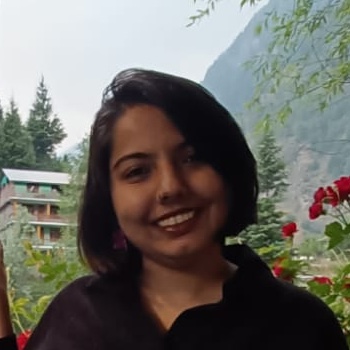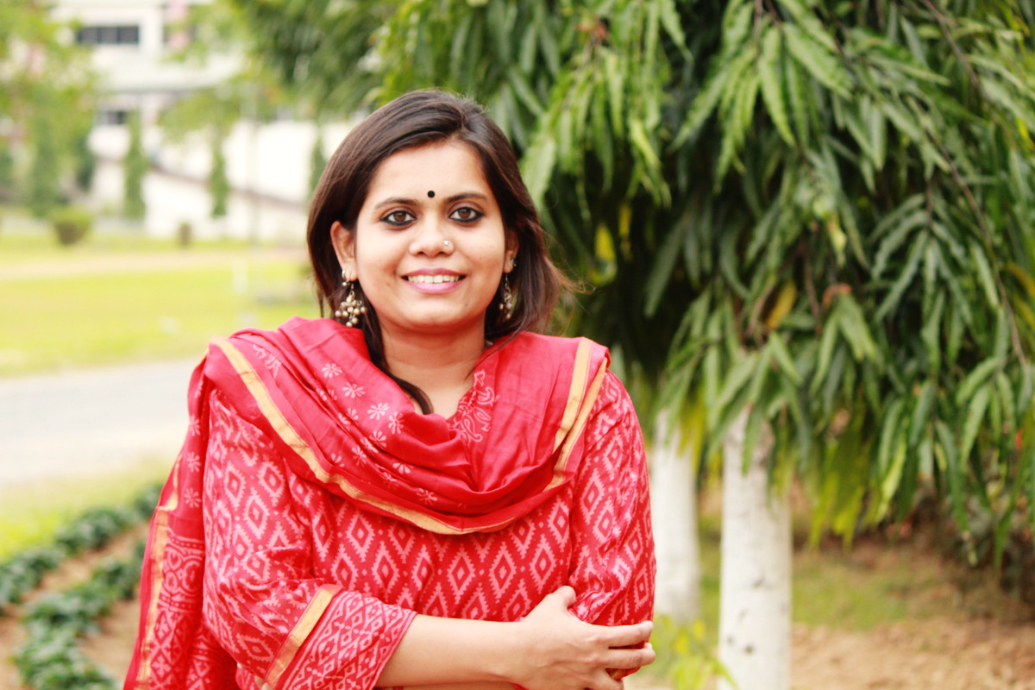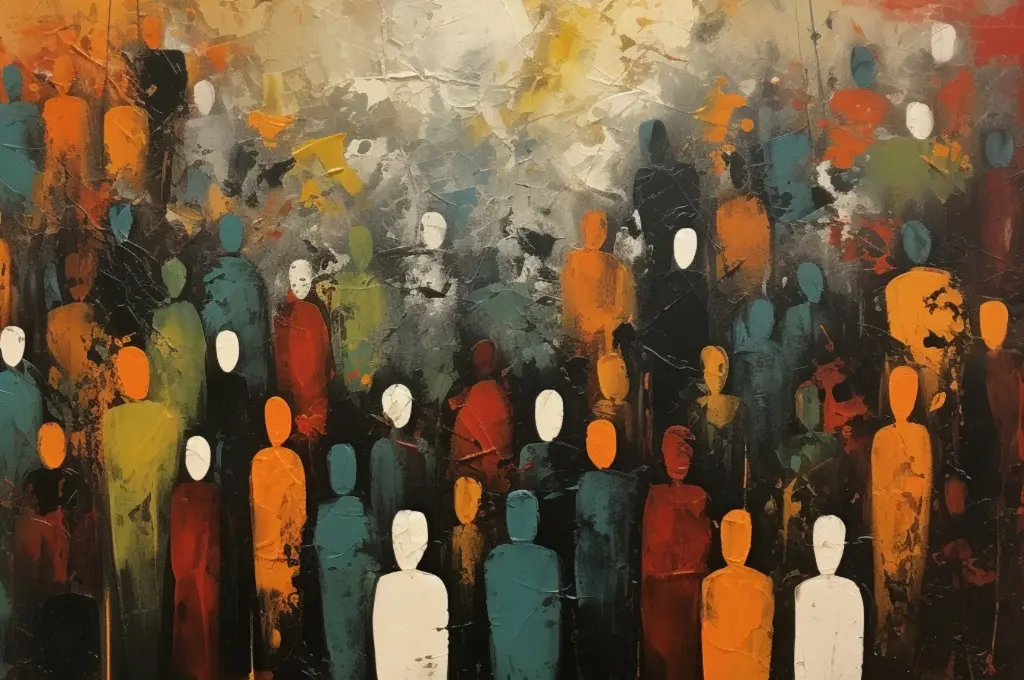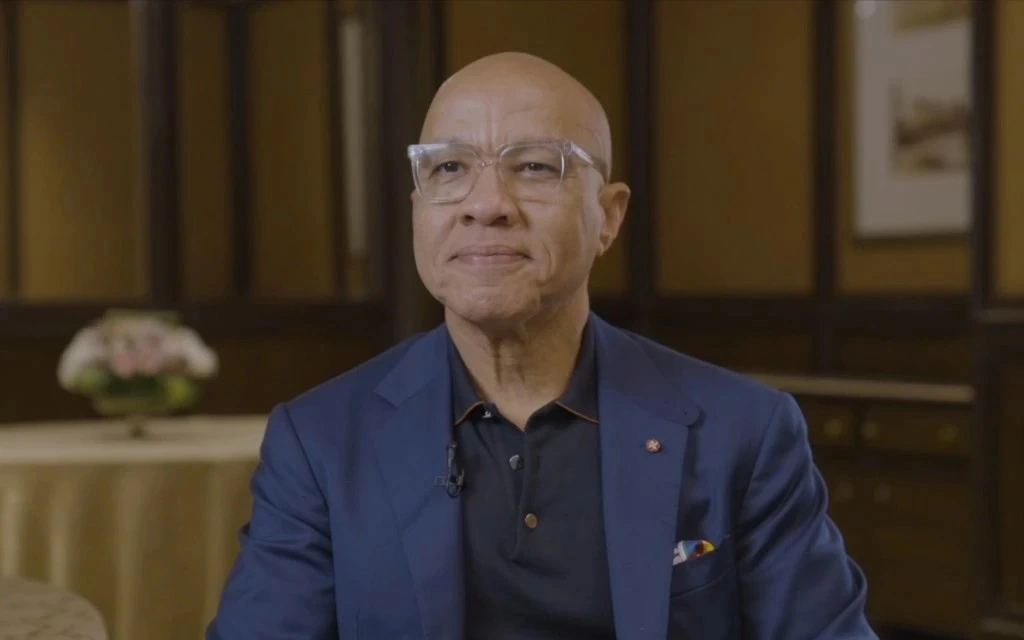Individuals from marginalised genders, castes, and communities are significantly underrepresented in Indian newsrooms. Their experiences and stories are often overlooked in mainstream development discourse. The systemic exclusion of marginalised communities’ perspectives obscures the root causes of the development challenges faced by them.
A study carried out by Oxfam India and Newslaundry in 2019 found that:
- 106 out of the 121 news agencies analysed had dominant caste leadership. In more than 70 percent flagship debate shows, most of the panellists were from dominant castes.
- No more than 5 percent of all articles in English newspapers are written by Dalits and Adivasis. At approximately 10 percent, Hindi newspapers fare slightly better.
- Only one in five panellists on key prime-time TV shows were women. One out of four articles written in English dailies were by women.
In order to shift the conversation, there’s an urgent need for an alternative media that focuses on community-driven narratives and evidence shaped by the oral histories, voices, and lived experiences of people from diverse marginalised identities. Nonprofit organisations have made various attempts in filling this gap. Starting with localised mediums such as community radio, nonprofits have recently ventured into digital media, which is now consumed by a vast percentage of the Indian population. Here are the various ways in which nonprofit media outlets are amplifying underrepresented voices and issues:
1. Bolstering perspective-driven narratives
Perspective-driven narratives draw on lived experiences to centre the impact of inequity, marginalisation, and other cascading socio-economic challenges in individuals’ daily lives. Such interventions help marginalised people become active participants in the discourse by enabling them to reclaim control over how their experiences are understood and disseminated in the media. For example, People’s Archive of Rural India (PARI), describes itself as a “living journal and an archive” that captures narratives from India’s rural geographies. PARI publishes text, video, and audio reportage from rural Indians, and the stories are often in the first person.
2. Telling data-driven stories
Data-driven and fact-based storytelling helps spotlight underserved causes, sectors, and geographies by building evidence. It focuses on making technical evidence—such as government data on development—available to the wider public, as well as demystifying and contextualising its implications for diverse interest groups. For example, IndiaSpend is a data-led journalistic platform that disseminates figures on India’s social and political economy, employing context-specific lenses such as education, healthcare, gender, and climate change.
3. Disseminating niche development narratives
Development-focused niche media resources narrate challenges, barriers, and progress linked to the social sector. Platforms such as India Development Review (IDR) and publications such as the Centre for Science and Environment’s Down to Earth are examples of niche media agencies that are actively reshaping narratives on India’s development challenges and spotlighting the needs of marginalised communities. They do so by working closely with grassroots organisations and amplifying perspectives from civil society practitioners. This model operates along the premise that there is immense experiential wisdom among nonprofit practitioners, and it needs to be widely disseminated to infuse more nuance into mainstream development dialogue.
4. Strengthening the media action ecosystem
Nonprofits are carrying out ecosystem-level interventions linked to media amplification in two distinct ways. For example, the digital publication The Third Eye blends personal essays and interviews with community members with sectoral themes such as public health and education. Building on several decades of its parent organisation Nirantar Trust’s engagement with feminist approaches to grassroots knowledge production, it also conducts offline trainings and experiential learning exchanges across grassroots organisations. Similarly, Point of View (POV) publishes articles and research papers across its various verticals, which focus on the intersections of knowledge systems, digital ethics, and the rights of marginalised groups including women, queer people, and persons with disabilities. At the same time, POV also runs awareness workshops and curricula for these communities and advocates for inclusive government policies.

Challenges faced by nonprofits in this landscape
Despite their efforts, these nonprofits still struggle for survival. Private digital media platforms in India are increasingly relying on subscriptions and paywalls to generate revenues. However, such monetisation models are challenging for nonprofit organisations to replicate. This is especially so because the focus of nonprofit organisations is to make knowledge accessible and open to the public. The alternative—social sector funding—is also hard to come by.
Challenges in securing funding for these interventions can be attributed to the fact that their outcomes are often gradual, involve behavioural changes, and are therefore hard to quantify. This can be detrimental in an environment where many funders prefer to see quicker and more tangible results. While many of these organisations could benefit from opportunities to showcase impact in the long run, they often do not have the resources to build long-term programmes and reach that point. Access to flexible forms of funding that are earmarked for longer-term use could help these nonprofits thrive and achieve impact at scale.
How can philanthropy help?
Knowledge dissemination and media amplification have traditionally been considered difficult-to-fund areas. As digital media continues to grow, this perception has been exacerbated by unprecedented challenges, including disinformation and misinformation, new policies and legal regimes, and changes within the landscape.
In India, a heterogenous digital media and communications landscape, which serves diverse linguistic and socio-cultural groups, is the need of the hour. Individual philanthropy, with its risk appetite and flexibility, can help build a robust funding pipeline for nonprofits that are doing this work. Funding them can also bring much needed attention to how their work contributes to solving development challenges and build more awareness around the positive outcomes they drive.
Nonprofit media that focus on community-driven narratives and impacts perform a gamut of activities. Here are the areas in which philanthropic capital could be of huge help:
Supporting capacity building: Capacity-building initiatives are imperative to cultivating a more diverse and representative workforce within nonprofit media organisations. These initiatives create opportunities for underrepresented and marginalised groups to become empowered storytellers and creators, paving the way for authentic, first-person perspectives to percolate into the mainstream.
Investing in new forms of dissemination: Nonprofits have been at the forefront of pushing boundaries to make information and knowledge more accessible to, and more relevant for, vulnerable groups. Funding multilingual and multimedia dissemination can solve for some of the socio-economic barriers that impede mass access. This means supporting innovations that make sure marginalised groups, such as persons with disabilities, are included.
Funding technology and innovation: Organisations require capital to fund digital transformations and the development of new media tools. Investing in technological solutions can play a critical role in equipping nonprofits to remain competitive and relevant in a dissemination landscape dominated by big, for-profit media platforms. For instance, funding more podcasts and audio-visual reportage in multiple languages could help nonprofits generate content that is more accessible and relevant.
While nonprofit media organisations may not deliver quick outcomes, their long-term impact can be invaluable in an unequal society that suppresses the worldviews of underserved communities. They play a critical role in building accessible repositories of knowledge for the public good. It is crucial for funders and philanthropists to recognise this and invest in these organisations.
—
Know more
- Read this paper to understand why community-driven narratives need to be spotlighted.
- Learn how an Adivasi journalist platforms the voices of de-notified tribes on Youtube.
- Learn more about gender representation in Indian newsrooms.






